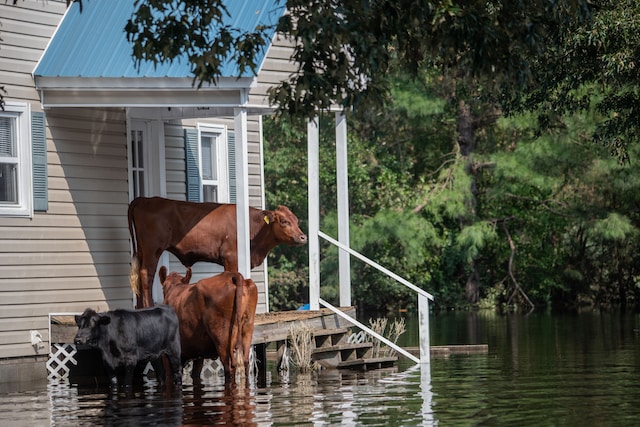
Home flooding can be a distressing and somewhat bizarre experience. Water rushing into your home uncontrollably and destroying everything reminds you of the power of mother nature and how deadly she can sometimes be.
That’s why it’s so important to have flood insurance in place. This pays to repair the damage so you can continue living in your home.
This post covers everything you need to know about flood insurance before and after a disaster. Read on to learn more.
How Much Does It Cost To Put A Flooded House Right?
The cost of putting a flooded home right is bigger than many property owners expect. FEMA puts the figure at around $25,000 for the average family home, thanks to damage to the basement, floors, and furniture. Water has a nasty habit of getting into everything and making it smell bad. Professional equipment and many days of work are required to put things right.
What Is Flood Insurance?
Flood insurance is a specific type of insurance that pays out if your home is flooded. Standard homeowner policies won’t usually cover flood damage from natural causes, such as heavy storms or melting glaciers. Flood insurance covers the structure of your home and sometimes the contents. You’ll need to read the policy carefully before you buy.
Some policies include work such as slab foundation repairs, stripping out damaged flooring, and fumigating to eliminate bad smells. Others will replace all belongings in your home like-for-like.
In the US, there are two ways to get flood insurance. You can either go through the National Flood Insurance Program (NFIP) administered by FEMA. This provides affordable flood insurance to homeowners, renters, and businesses who might not be able to afford it otherwise. To qualify, you need to live in a community with acceptable floodplain management practices.
The other option is to use private insurance companies. These typically offer higher coverage limits, but premiums can be significantly higher.
How Does Flood Insurance Work?
Flood insurance works in pretty much the same way as other forms of insurance. You pay a premium and, in return, the insurance company will cover your losses in the event of a flood.
How much coverage you get depends on whether your property is in a flood zone, its age and build quality, and the availability of flood insurance locally. Some insurers won’t cover you if you’re in a high-risk area without adequate flood defenses. However, others may agree on a contract, provided you pay a higher premium.
How Do You Get Flood Insurance?
First, you’ll want to determine your flood risk. You can do this using publicly-available resources, such as FEMA’s Flood Map Service Center. Flood zones are categorized by letters (such as A, B, C, and D) that indicate the probability and severity of flooding in that area.
Next, you’ll want to approach a flood insurance provider, either the NFIP or a private provider.
After that, you’ll need to apply for a policy. Simply provide the insurer with any information they request and then wait for them to provide a quote.

Leave a Reply